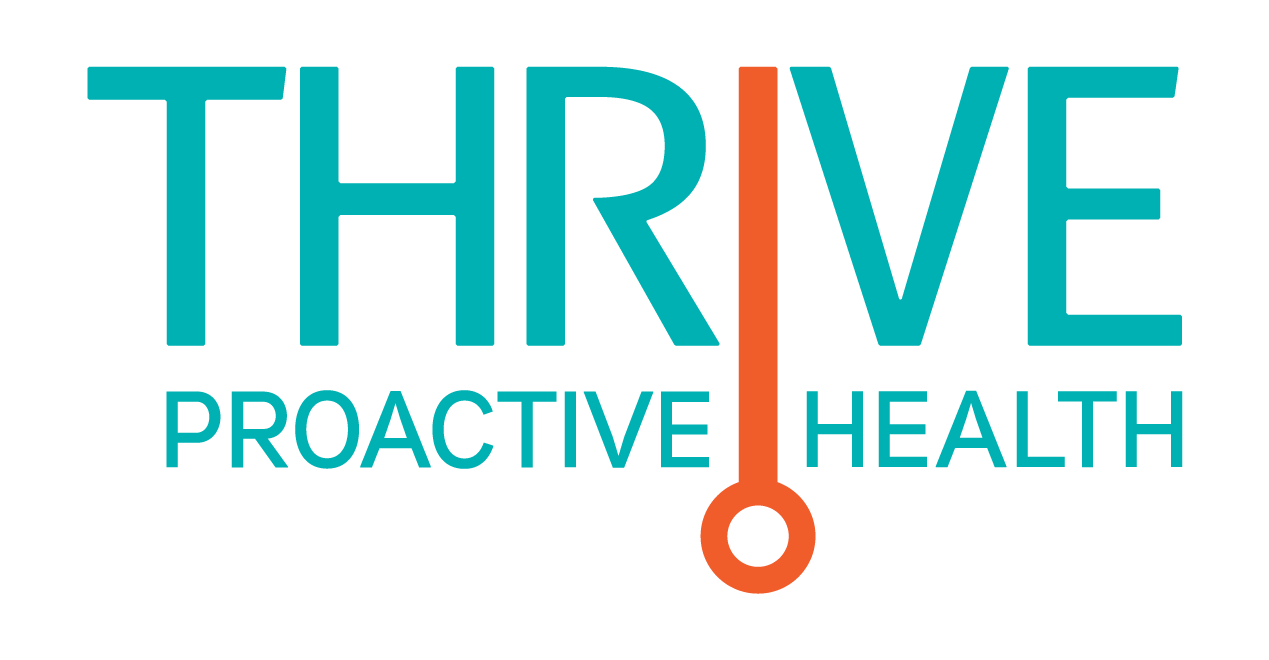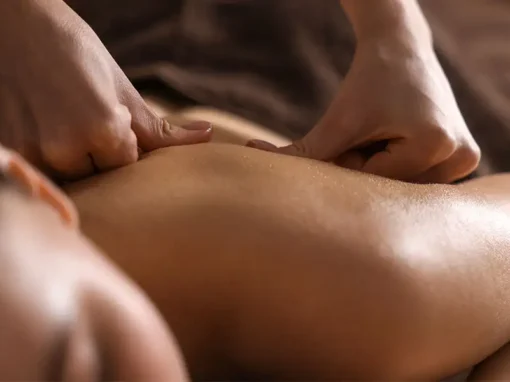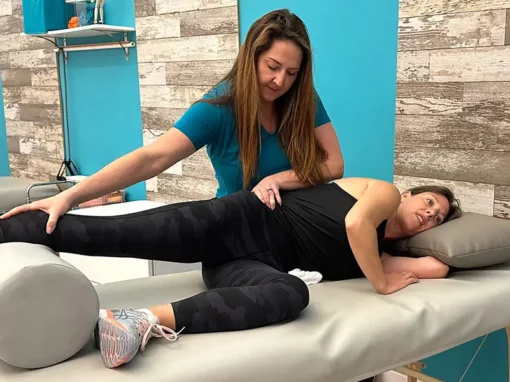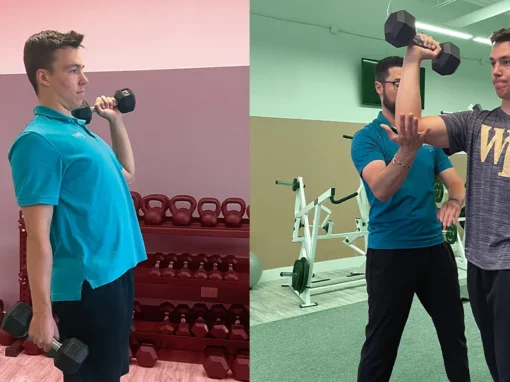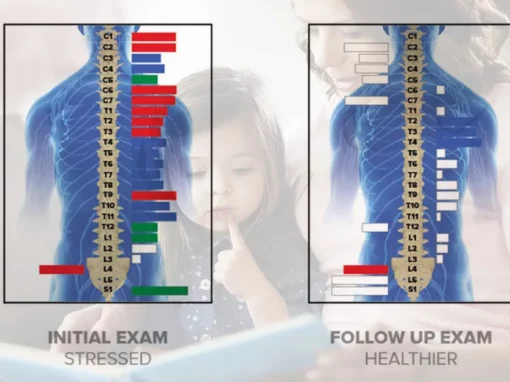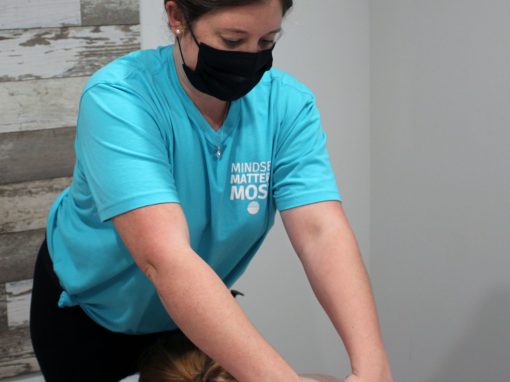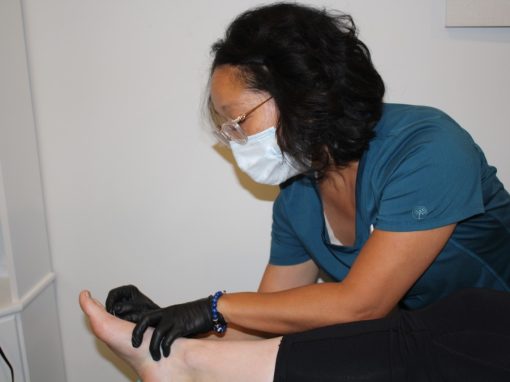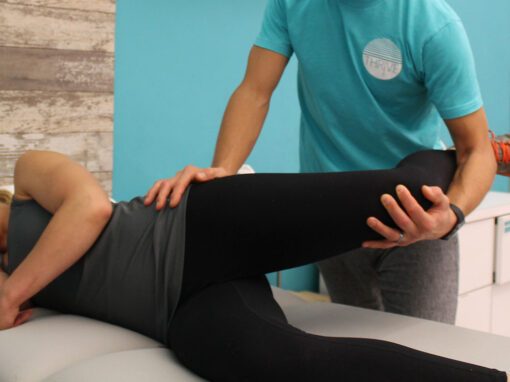For women, juggling career, family, and personal wellness can be challenging. That’s where massage therapy comes in—a natural, effective way to support physical and emotional health while addressing common conditions many women face.
Massage therapy is more than just a moment of relaxation; it is a scientifically backed practice that promotes healing, reduces stress, and enhances overall vitality. Whether you are managing chronic pain, balancing hormones, or simply looking for a moment of self-care, massage therapy can provide profound benefits. Below are five ways massage can support women’s health and wellness, highlighting key benefits as women age.
How Does Massage Benefit Women?
-
Eases PMS Symptoms and Menstrual Cramps
Hormonal fluctuations can cause a variety of uncomfortable symptoms, including bloating, mood swings, headaches, and painful menstrual cramps. Massage therapy can help by improving circulation to the lower abdomen, reducing muscle tension, and promoting relaxation, which can ease menstrual discomfort.
Therapies such as abdominal massage and reflexology have been shown to relieve menstrual cramps by increasing blood flow to the reproductive organs. Additionally, regular massage may help balance hormone levels, reducing the severity of PMS symptoms over time.
-
Supports Fertility and Prenatal Health
For women trying to conceive, stress reduction and improved circulation to reproductive organs are essential. Fertility massage techniques help reduce tension in the abdomen and lower back while encouraging a balanced endocrine system.
Prenatal massage is also beneficial for expecting mothers, helping to relieve back pain, reduce swelling, and improve sleep quality. Regular massage sessions during pregnancy can contribute to a healthier and more comfortable experience as the body adapts to changes.
-
Enhances Athletic Performance and Recovery
Many young women lead active lifestyles, engaging in sports, fitness training, or yoga. Sports massage can help improve flexibility, prevent injuries, and speed up post-workout recovery by reducing muscle soreness and inflammation.
For those who experience exercise-induced muscle tightness, deep tissue and trigger point therapy can target specific areas of strain, promoting long-term mobility and overall athletic performance.
-
Manages Menopause Symptoms
As women age, menopause brings a variety of physical and emotional changes, including hot flashes, insomnia, and mood swings. Massage therapy can help manage these symptoms by improving circulation, promoting relaxation, and reducing stress hormones that contribute to discomfort.
Lymphatic drainage and Swedish massage techniques can help regulate body temperature and alleviate bloating associated with hormonal shifts. Additionally, massage can improve sleep quality by lowering cortisol and encouraging deep relaxation, which is often disrupted during menopause.
-
Reduces Chronic Pain and Improving Joint Mobility
Conditions such as arthritis, osteoporosis, and fibromyalgia become more common as women age. Massage therapy can alleviate joint pain, reduce inflammation, and improve overall mobility.
By increasing blood flow to affected areas, massage helps reduce stiffness and enhance flexibility, making everyday movements more comfortable. Gentle techniques, such as myofascial release and lymphatic massage, can be particularly effective for easing chronic pain conditions and improving quality of life.
Experience the Benefits of Massage at Thrive Proactive Health
Women’s health and wellness require a proactive and personalized approach. Massage therapy is an incredible tool for managing stress, pain, circulation, hormonal balance, and athletic performance. At Thrive, we take a comprehensive approach to your well-being, offering a team of professionals dedicated to supporting your health journey.
If you’re ready to experience the transformative benefits of massage therapy, our skilled therapists are here to create a customized treatment plan tailored to your needs. Prioritize your health and self-care—book your appointment today and take a step toward a healthier, more balanced life!
